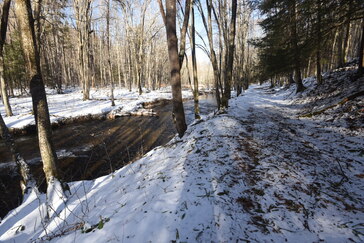
The Laurel Fork Wilderness is one of the least-travelled areas in Monongahela National Forest. The wilderness spans the length of the Laurel Fork of the Cheat River, an impressive waterway that winds through a remote area of the mountains east of the unincorporated community of Glady. You won't find any spectacular vistas or towering cascades here, but what you will find is a pristine river and a lovely (albeit sometimes faint) trail where solitude is guaranteed. The Laurel Fork Wilderness has been split into two halves by CR 40/FR 423, which crosses Laurel Fork at the Laurel Fork Campground. The report below describes an exploratory foray into the Laurel Fork North Wilderness. This hike occurred on Tuesday, January 12th, 2021. Starting at the campground, I traced the Laurel River Trail downstream through the broadening Laurel Fork valley to a junction with the Stone Camp Run Trail, and I then returned the same way.
Summary
R/T Length of Trail: 8.8 miles
Duration of Hike: 3:40 Type of Hike: Out and back Total Elevation Gain: 621 feet Difficulty Rating: 4 out of 10 Pros: Numerous views of Laurel Fork and surrounding hillsides Cons: The trail can be a little hard to find in places where it diverges from the old railroad grade Points of Interest: None in particular, as good views of Laurel Fork are spaced throughout the trail Trail Blaze Colors: None - the Laurel River Trail is unblazed but occasionally marked by rock cairns Best Season(s) to Hike: Spring, Fall Fees: None Beginning Point: Laurel Fork Campground Directions from Elkins, WV: From the intersection of US 219/US 250 and US 33 near downtown Elkins, follow US 33 East for 12.0 miles. Then, turn right onto Glady Road (CR 27). In 9.4 miles, after entering the community of Glady, turn left onto Bemis Road (CR 22). Drive 2.2 miles and then continue straight onto FR 422. FR 422 is in good shape and suitable for all passenger vehicles, but keep in mind it does not appear maintained in winter. In another 2.4 miles, bear right on FR 14. Drive 0.3 mile, and then, bear left on FR 423 at a sign for Laurel Fork Campground. Continue 1.5 miles to Laurel Fork Campground. The trailhead at the far end of the north loop of the campground, which is on the left right after a bridge across Laurel Fork. Map
Click the link below to download a .GPX file with a track of this hike.
Details
Having never hiked in the Laurel Fork Wilderness before, I was not sure which section of the Laurel River Trail to focus on for my first hike in the area. My research on the area seemed to show that Laurel Fork upstream from the campground is a relatively small river in a tighter gorge with numerous tributaries and wetlands, whereas downstream from the campground, it becomes a much larger river that flows through a broad valley, constantly threading between islands and multiple channels. For this hike, I decided to explore the river downstream from the campground, and save the upstream section for spring wildflower season. I felt like the Laurel River Trail would be particularly convenient for a wintertime river hike because it always follows the same side of Laurel Fork, without any wet fords.
The hike begins rather inconspicuously along the Laurel River Trail at the far end of the north campground loop. The trail isn't denoted by any signs, so look for a small map of the Laurel Fork Wilderness that is posted by the pathway. The trail quickly enters the Laurel Fork North Wilderness and jumps onto an old logging grade that largely parallels the Laurel Fork the whole way. In just 0.1 mile, the trail makes an easy rock hop across Tingler Run. Laurel Fork is audible and partially visible through the trees to your left. At 0.3 mile, enter a grassy meadow and walk a straight line along its left edge. A large rock cairn at the far end confirms the trail's route as it re-enters the woods. Even though there are no blazes, rock cairns mark most key points of confusion along this trail. At 0.4 mile, the trail reaches Five Lick Run, a sizable tributary of Laurel Fork. This is the largest creek crossing on this hike, and it may be challenging for you to get across with dry feet if you aren't wearing boots. The trail reaches an open view of a beautiful bend on Laurel Fork at 0.5 mile, where the river runs in a series of pleasant ripples. A towering hemlock crowns the far side of the river. Just ahead is a landslide, where the trail scrambles through a rock garden along the river's very edge. The trail continues to follow the riverside for a little longer before bearing right on the old railroad grade at 0.8 mile, gradually climbing above Laurel Fork. You won't return to the riverside again for over a mile. At 1.2 miles, the trail passes through a lush hemlock grove, the river now nearly 100 feet lower. Pass another scenic bend in Laurel Fork at 1.6 miles, partially visible through the trees below. The long-decommissioned Middle Mountain Trail from FR 14 once joined the trail here. A gradual descent along the old railroad grade ensues, and the trail finally returns to Laurel Fork at 2.0 miles.
The next half-mile features continuous views of Laurel Fork as the trail closely follows the river bank. Laurel Fork is wide and mostly placid here, but miniature gurgling cascades occasionally break up the river's course. Note how the river tends to briefly split into large channels and form forested islands. At 2.5 miles, the trail reaches a vast meadow. This spot can seem confusing, because the old railroad grade turns right away from the meadow, and a rock cairn stands in between the meadow and the railroad grade. The Laurel River Trail bears left to enter the meadow, and then follows the right-hand side of the meadow past another cairn to a crossing of shady Adamson Run. Rock hop the stream, bear left, cross a muddy area, and look for the faint path as it traces the very edge of the meadow. The trail can probably get very overgrown here in summer. As you follow the meadow, watch for open views of the Middle Mountain ridge rising above the far side of the Laurel Fork valley.
The meadows come to an end at 2.8 miles as the trail reaches the lively Laurel Fork again, and the old railroad grade suddenly reappears. This is one of my favorite views of Laurel Fork on the hike (pictured above), showing the river snaking its way through the meadow between its low banks. A line of lush green hemlocks guard the river's edge. Just ahead, the trail is squeezed between the river and a line of small rock outcrops. The trail soon edges away from the river but stays in bottomland before rock hopping the small Bill White Run at 3.25 miles. On the other side, the trail passes through a small island of raspberry bushes that is likely to be unpleasant in summer. A gentle downhill follows before the trail reaches Laurel Fork again at 3.6 miles, and continuous views of the river resume for the next 3/4 mile. As I walked along Laurel Fork, I marveled at how clear the river's stony bottom was visible beneath the evening sunrays. At 4.3 miles, the trail becomes increasingly faint as the old railroad grade appears to vanish and the valley widens greatly. The trail shortly reaches a crossing of Three Bear Run, a small stream with high banks. On the other side, the trail enters a large meadow and is marked by a series of rock cairns. Reach the inconspicuous junction with the Stone Camp Run Trail at 4.4 miles. It is marked by the third meadow cairn in the meadow and stands alongside a lone dead tree. If not the cairn, you would probably not even notice that this is an intersection. The Laurel River Trail continues for another seven miles and crosses the Laurel Fork itself once, before reaching its terminus on FR 14. However, this is a fine place to turn around if you're just day hiking and don't have a shuttle set up. However, before you head back, turn left on the Stone Camp Run Trail and follow it 100 feet to a very nice view of Laurel Fork. The banks of Laurel Fork are open and grassy here, and the clear, placid water looked inviting for a summertime wade. Take a moment to relax, close your eyes, and embrace the vast solitude that surrounds you. A lone cairn on the far side of Laurel Fork denotes the Stone Camp Run Trail's crossing of the river here; that trail comes to a trailhead along FR 14 in 1.5 miles, following a steep climb up Middle Mountain.
You will return to Laurel Fork Campground the same way along the Laurel River Trail. The trail will be easier to follow on the way back now that you've figured out all of the faint trail sections, but the return trip will feature a little more uphill since you are now following the river upstream. On the flip side, you will get to enjoy many more nice views of the Laurel Fork, now flowing towards you. You will reach the Laurel Fork Campground at 8.8 miles, concluding the hike.
Photo Gallery
0 Comments
Leave a Reply. |
About MeMark Oleg Ozboyd Dear readers: I have invested a tremendous amount of time and effort in this website and the Georgia Waterfalls Database the past five years. All of the work that has gone in keeping these websites updated with my latest trip reports has almost been like a full-time job. This has not allowed me to pick up a paid job to save up money for college, and therefore, I I've had to take out loans. If you find the information on this website interesting, helpful, or time-saving, you can say "thanks" and help me out by clicking the button above and making a contribution. I will be very grateful for any amount of support you give, as all of it will apply toward my college tuition. Thank you!
Coming in 2022-2023?
Other Hiking WebsitesMiles HikedYear 1: 540.0 Miles
Year 2: 552.3 Miles Year 3: 518.4 Miles Year 4: 482.4 Miles Year 5: 259.9 Miles Archives
March 2021
Categories
All
|
||||||
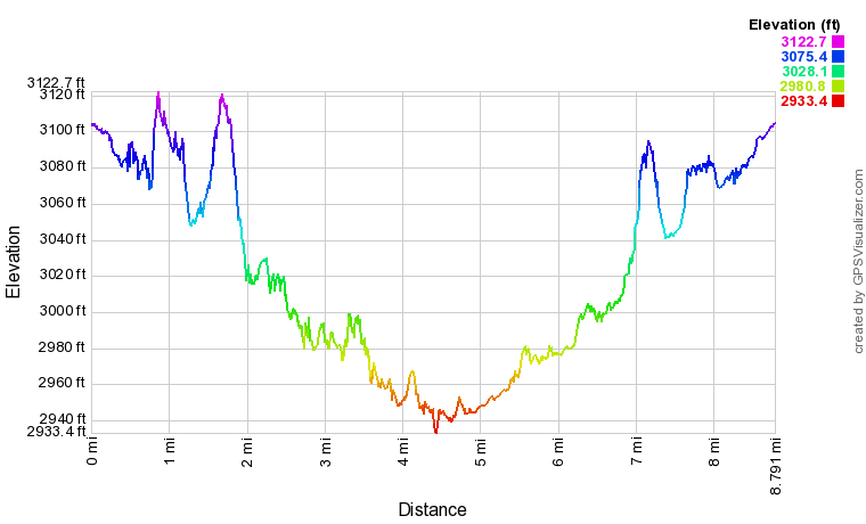
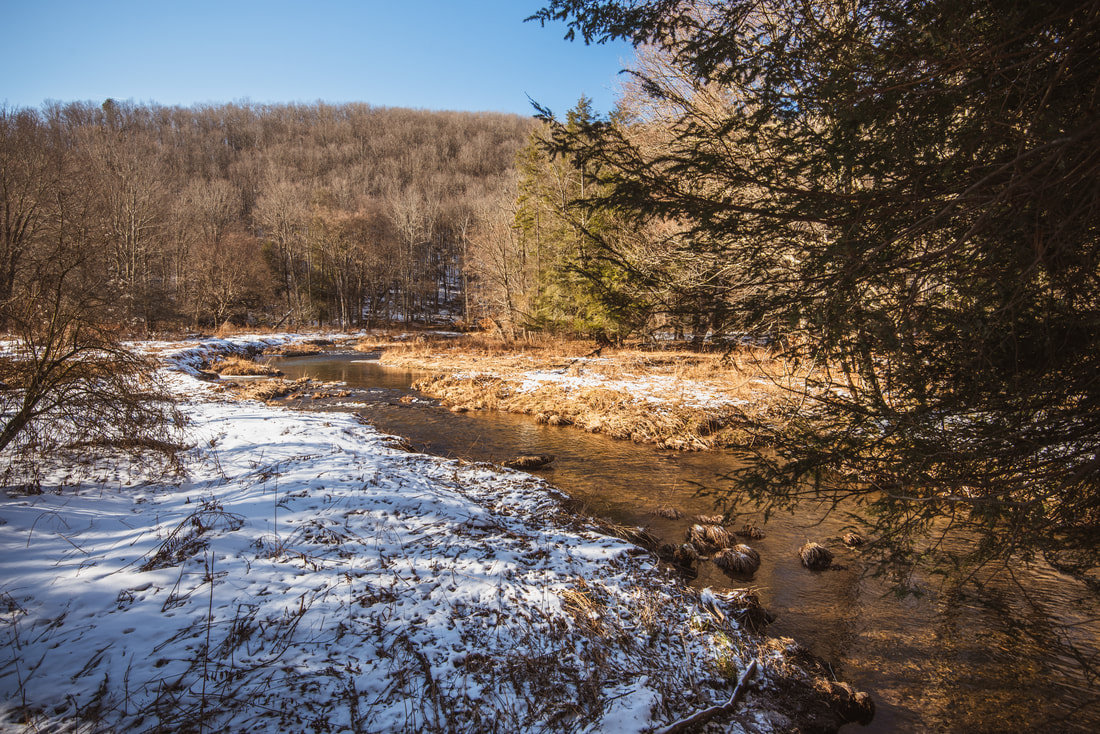
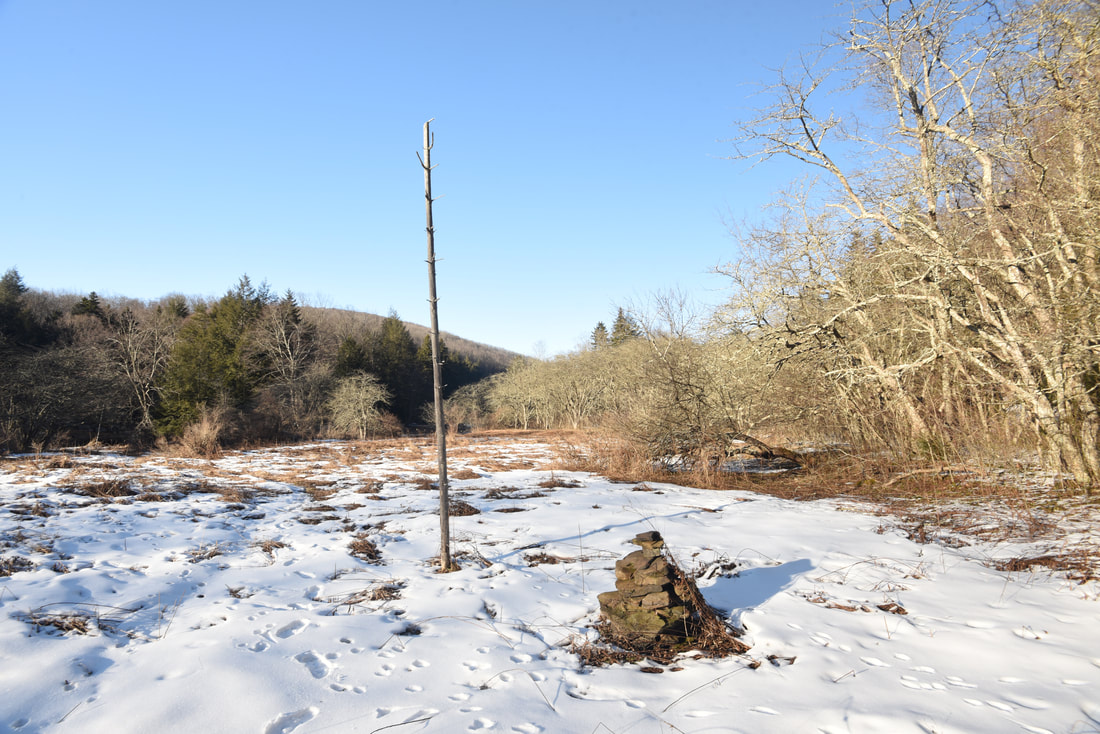
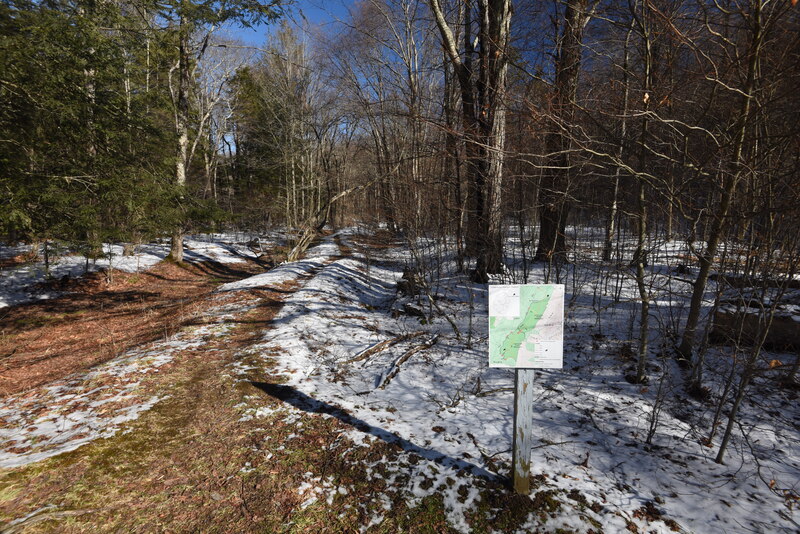
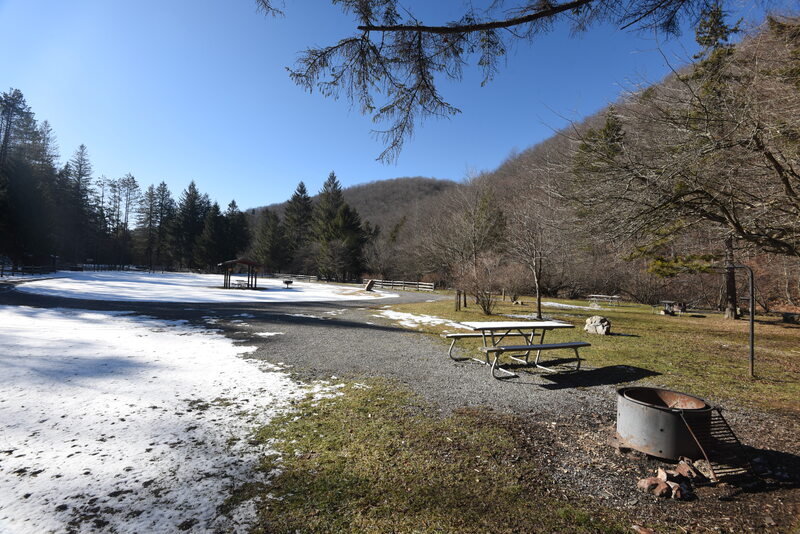
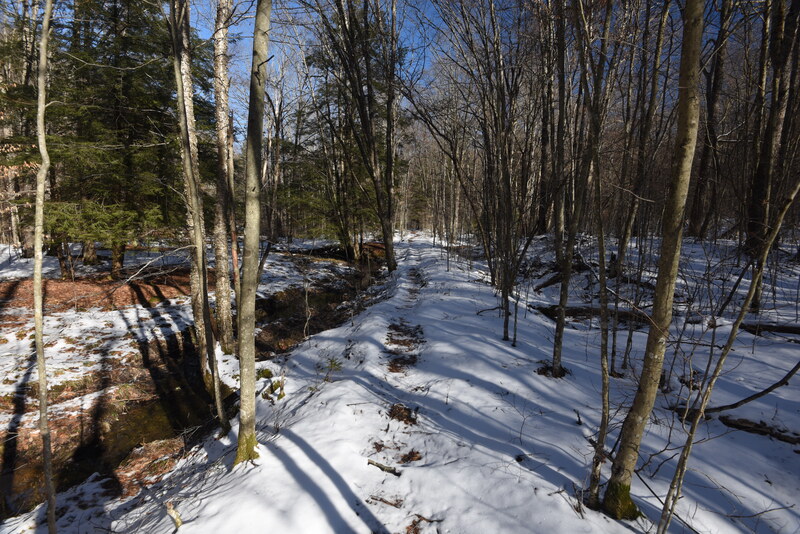
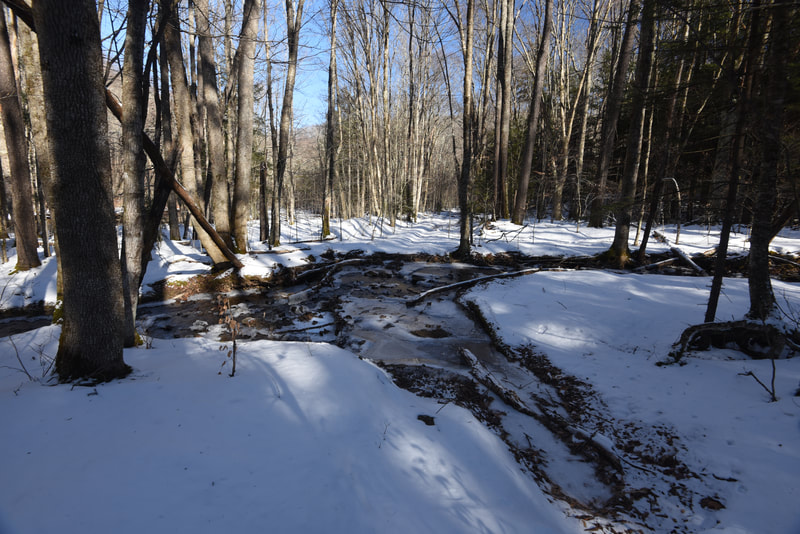
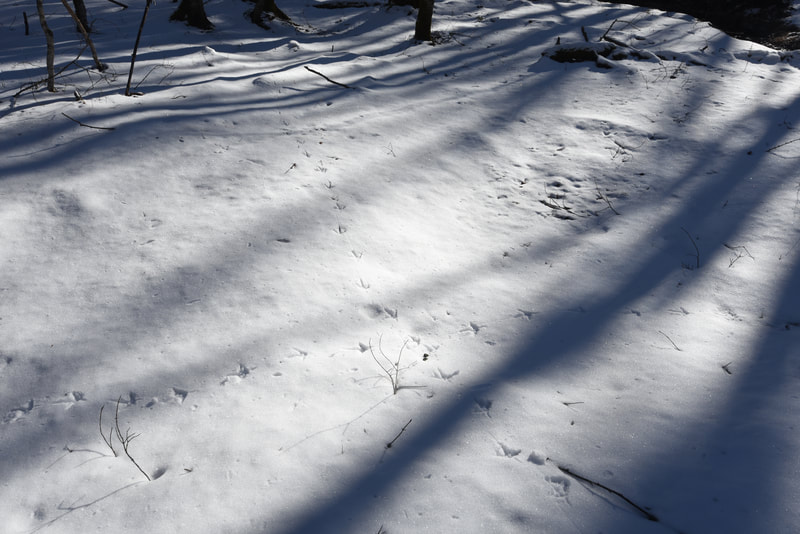
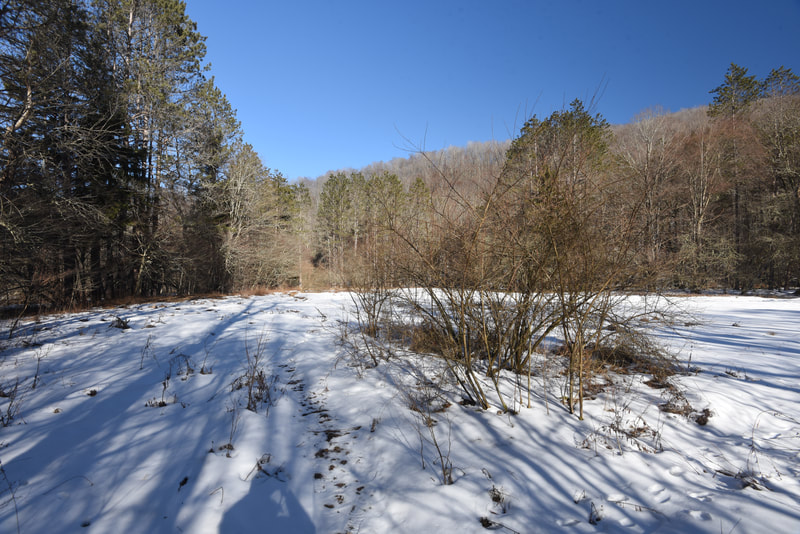
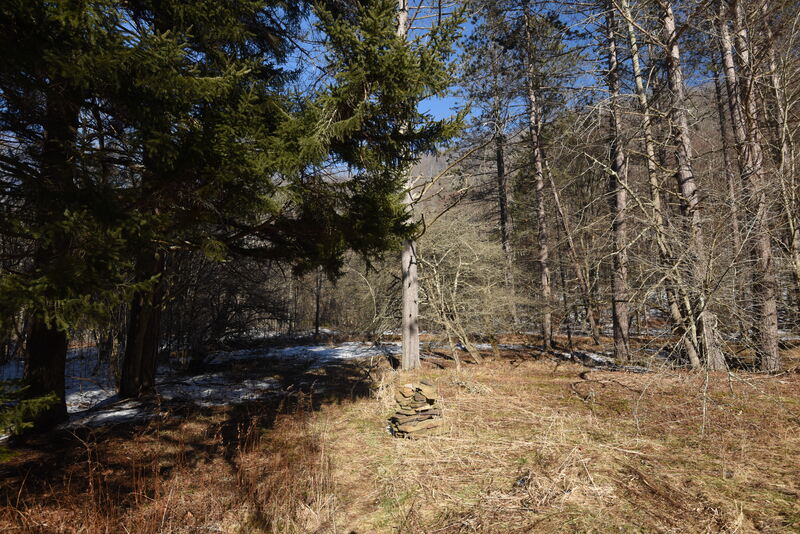
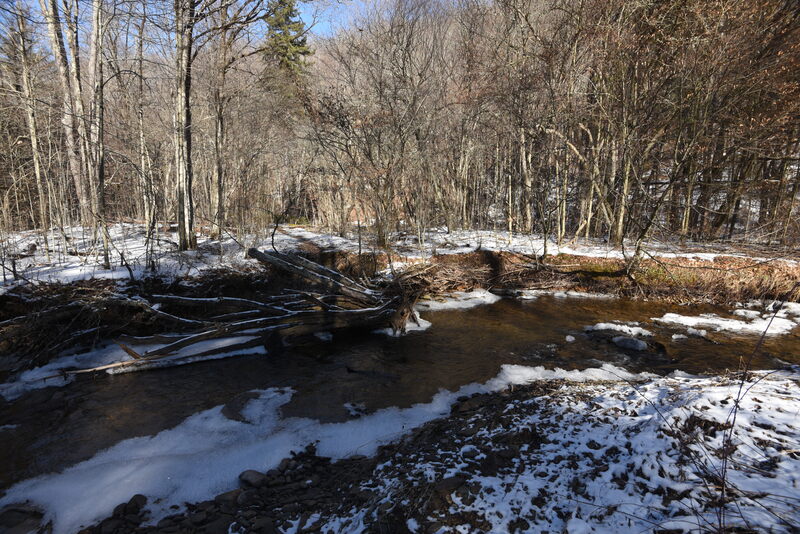
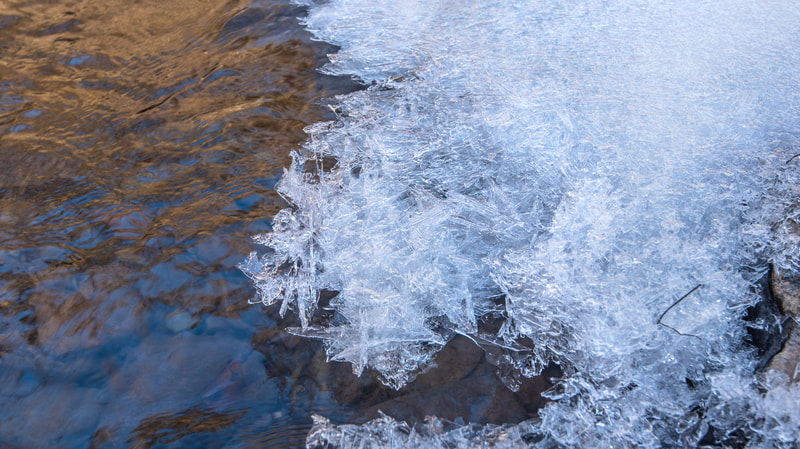
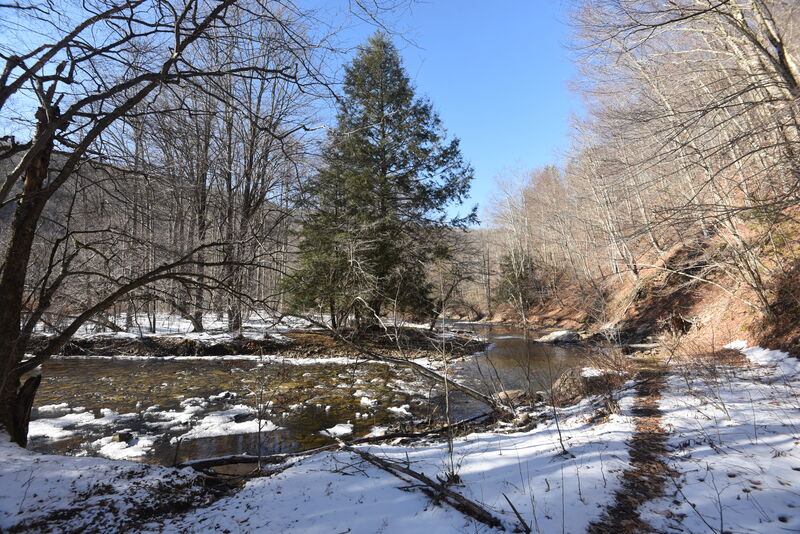
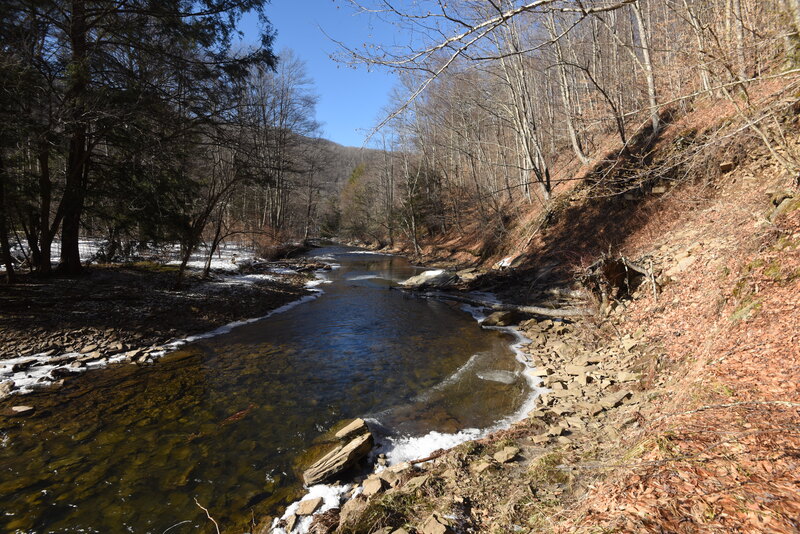
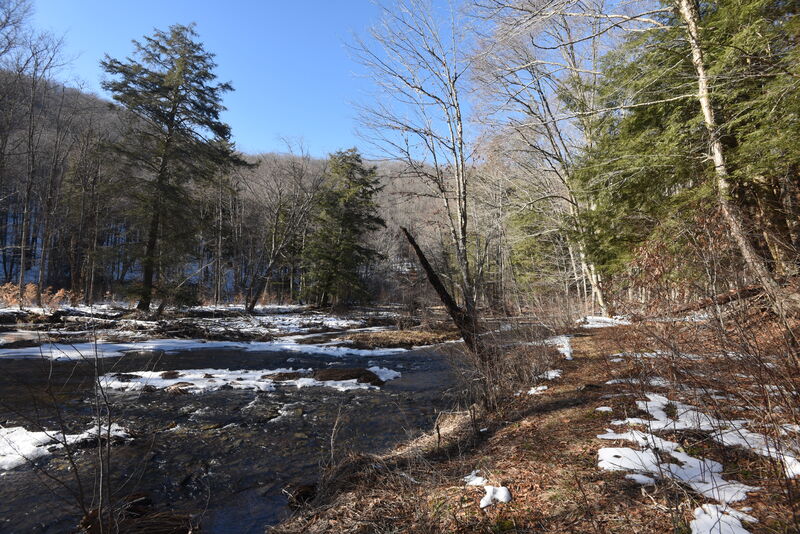
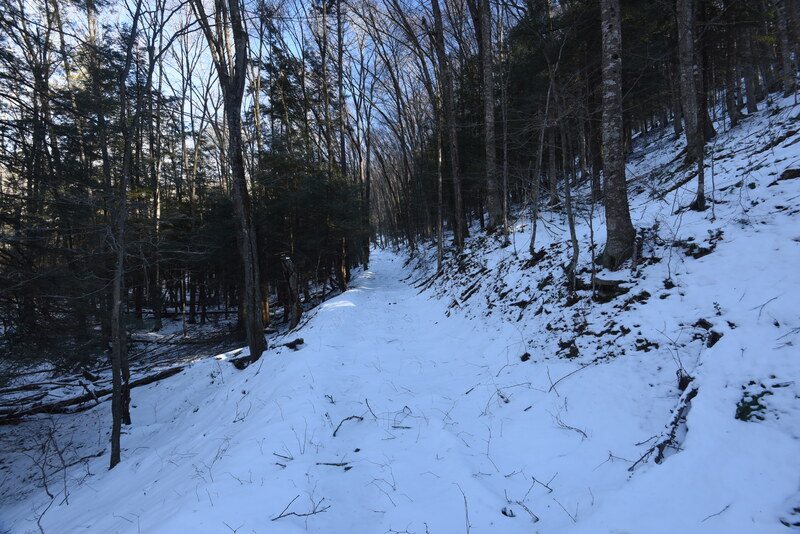
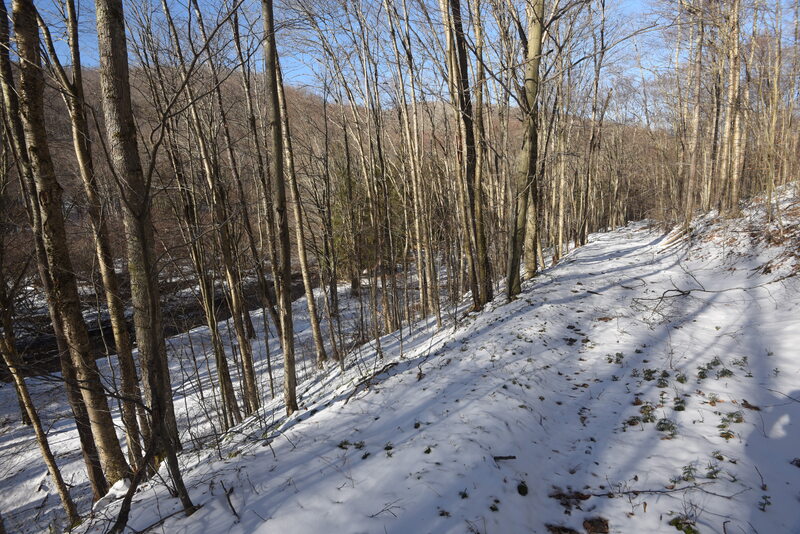
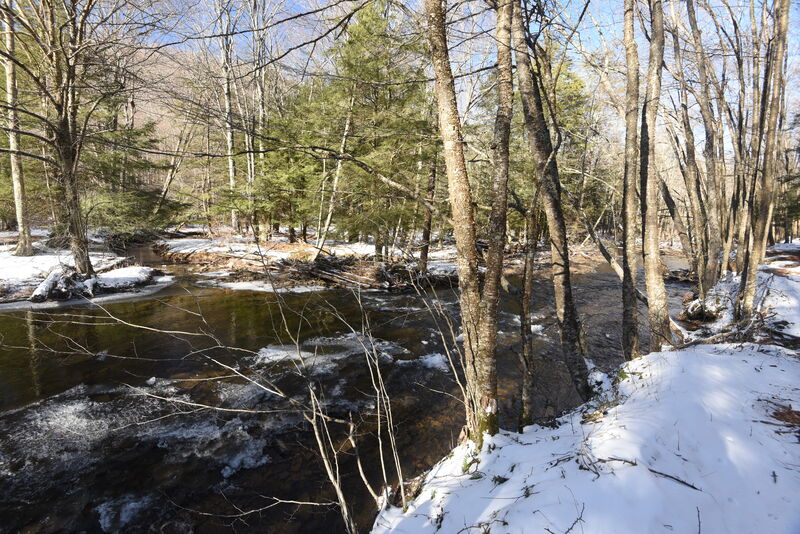
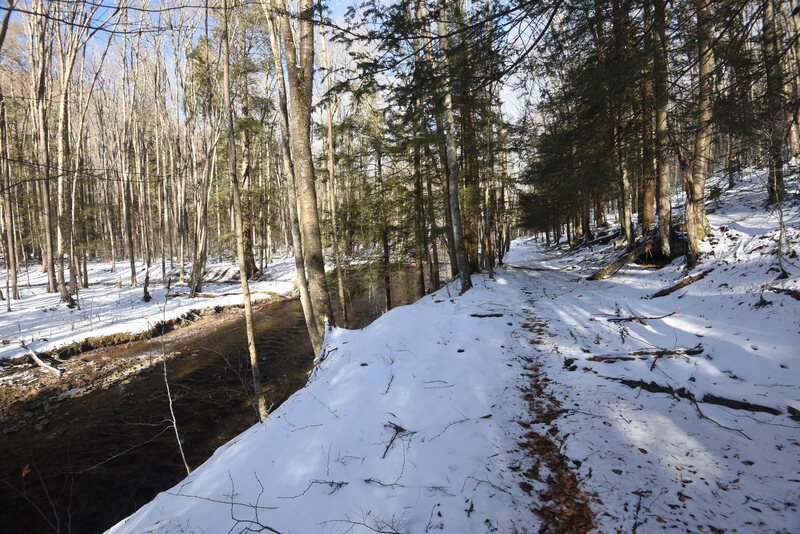
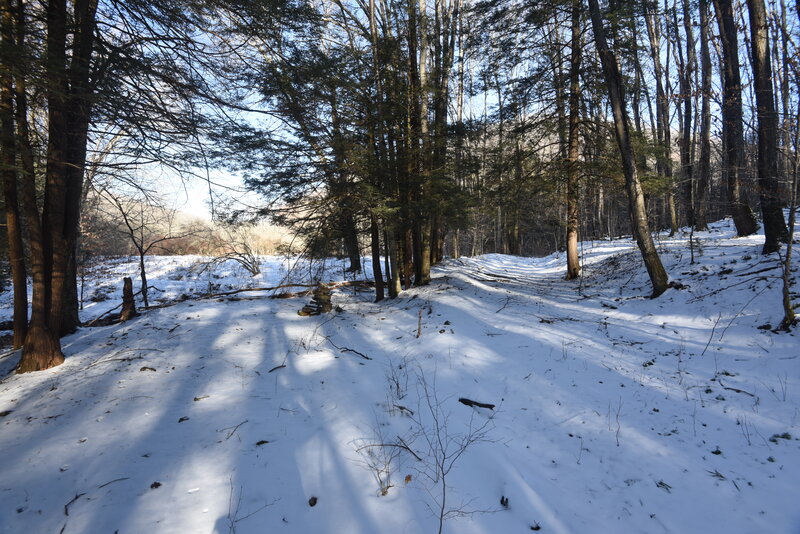
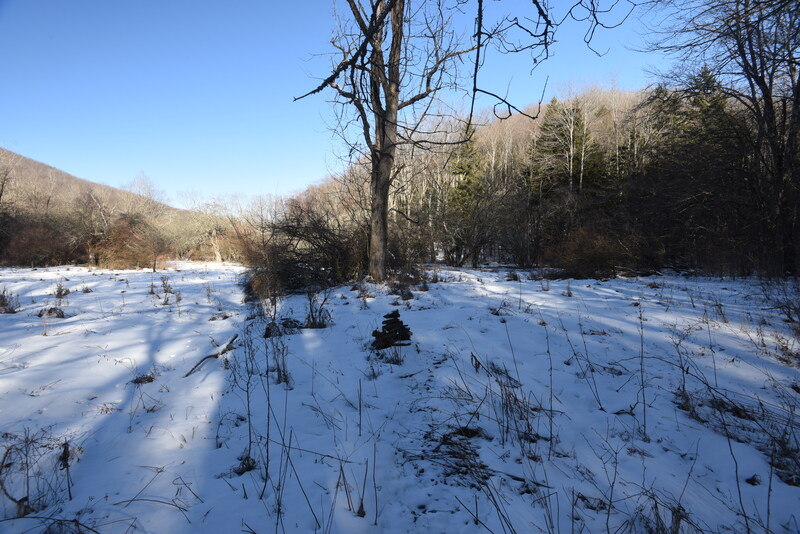
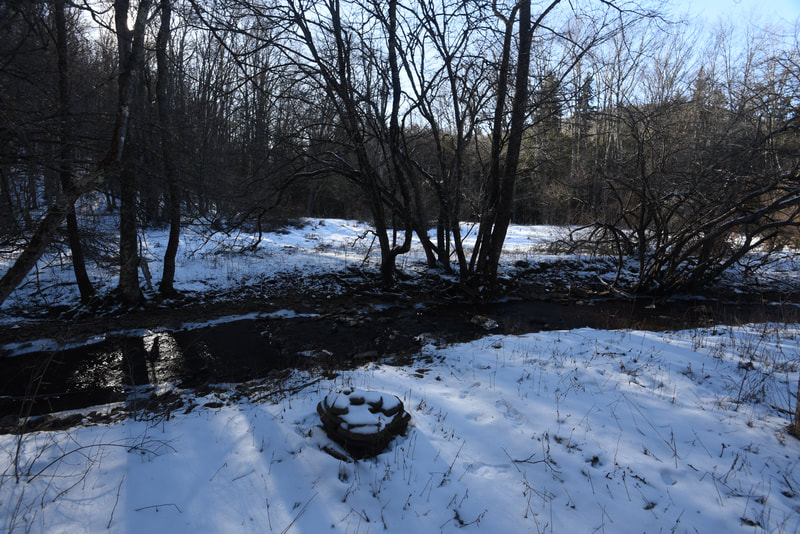
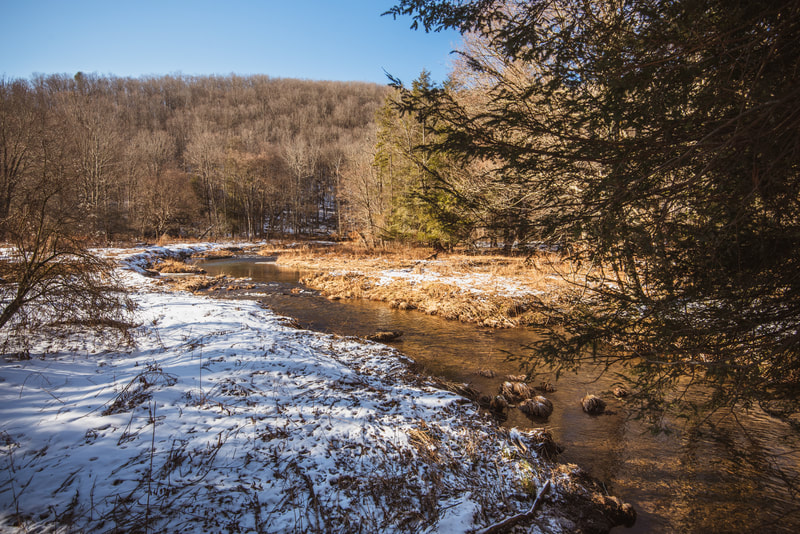
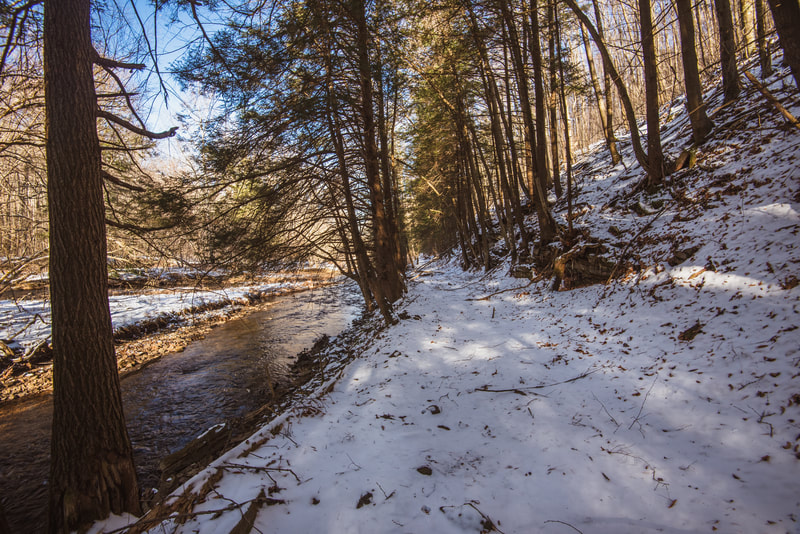
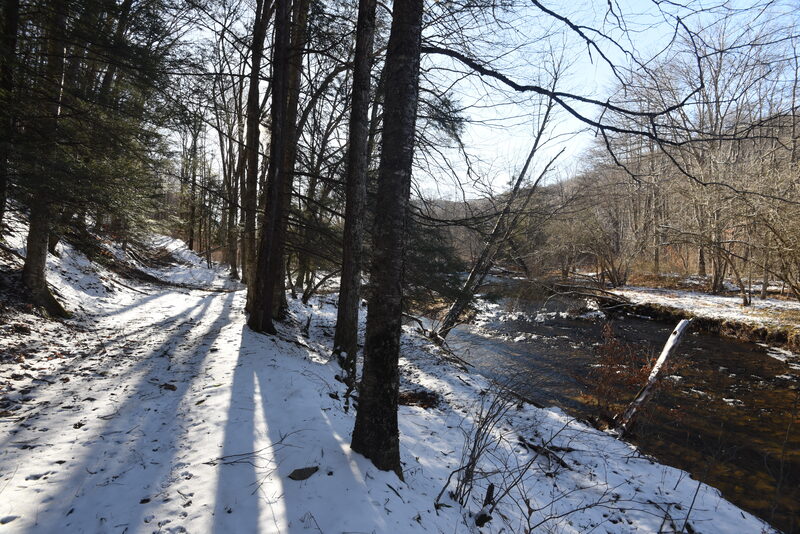
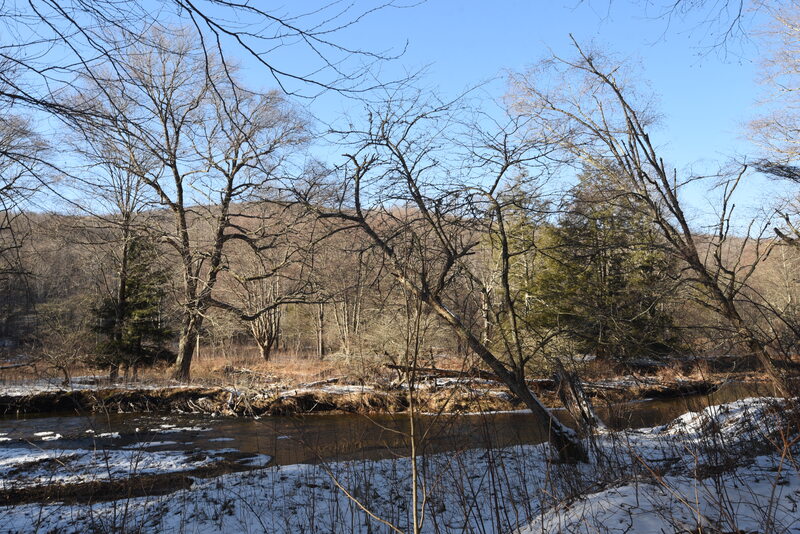
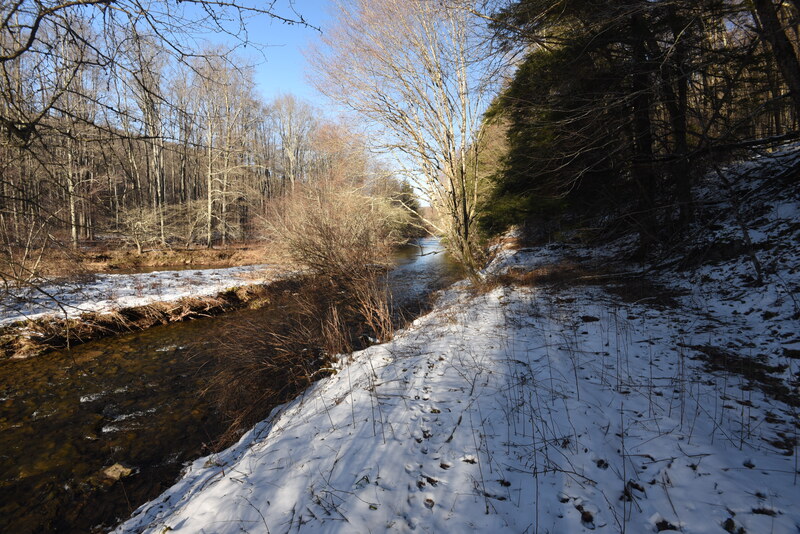
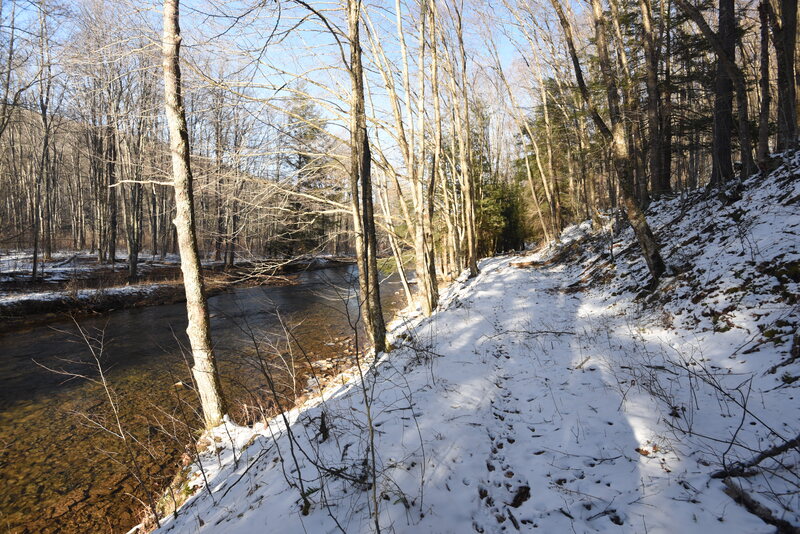
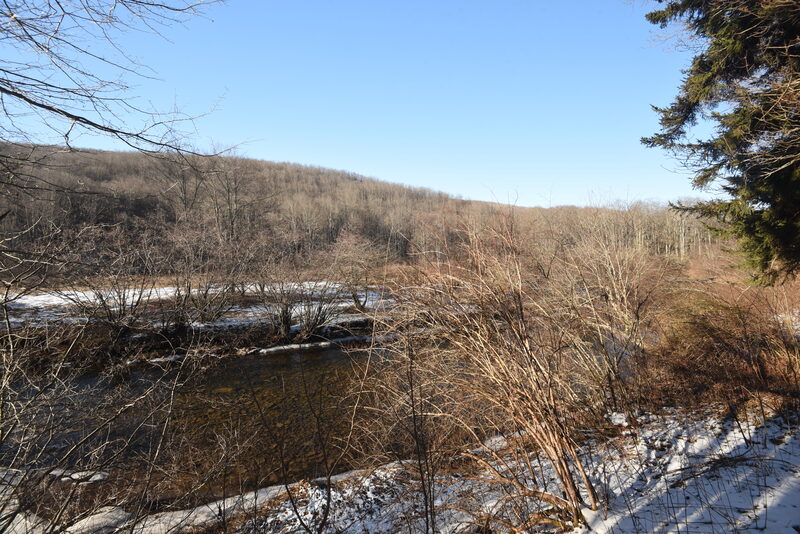
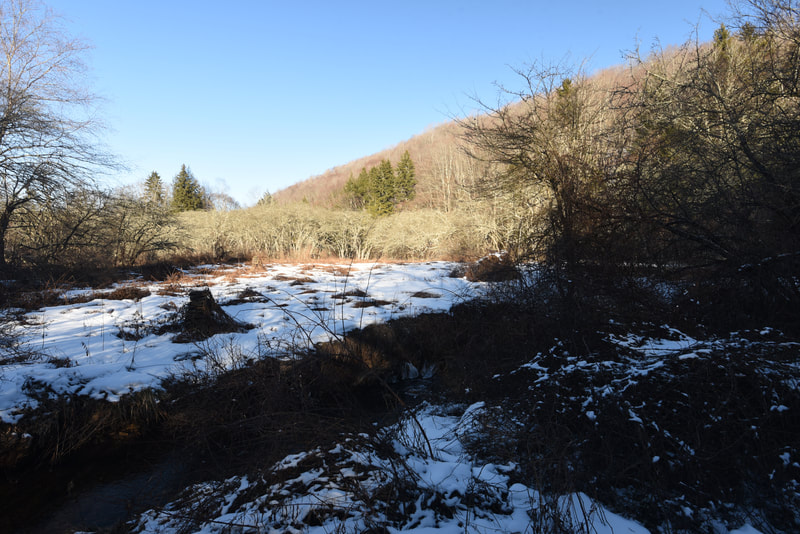
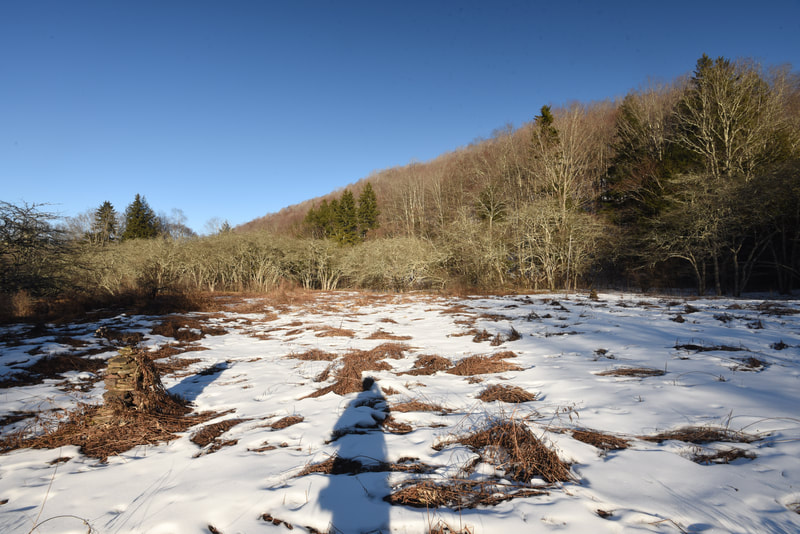
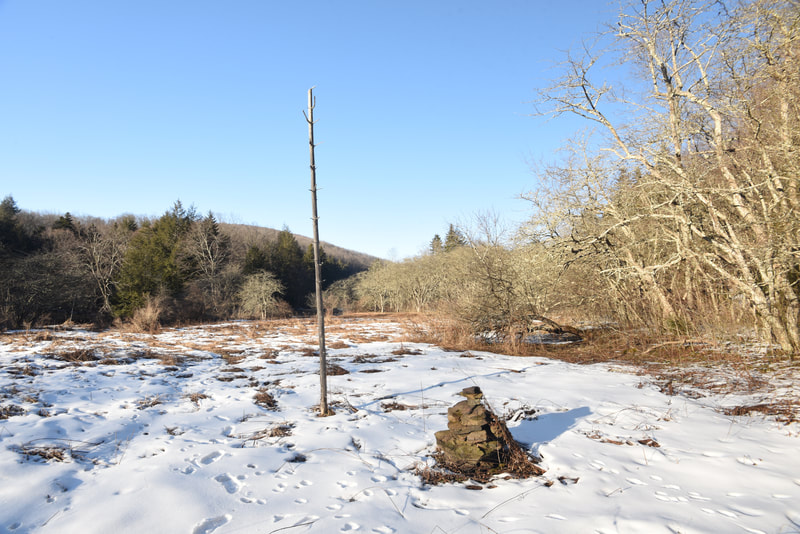
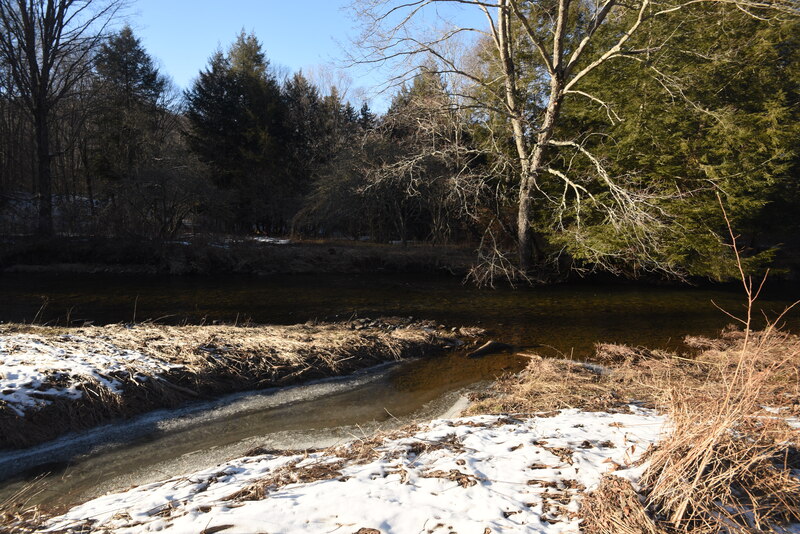
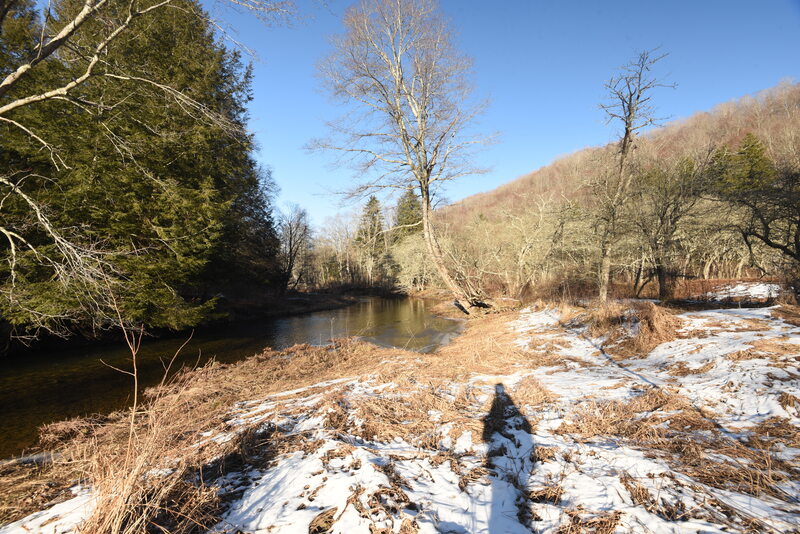
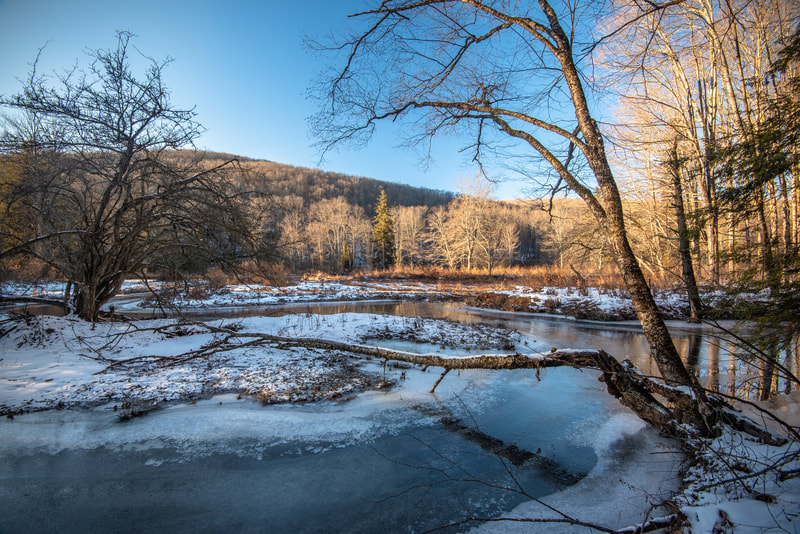
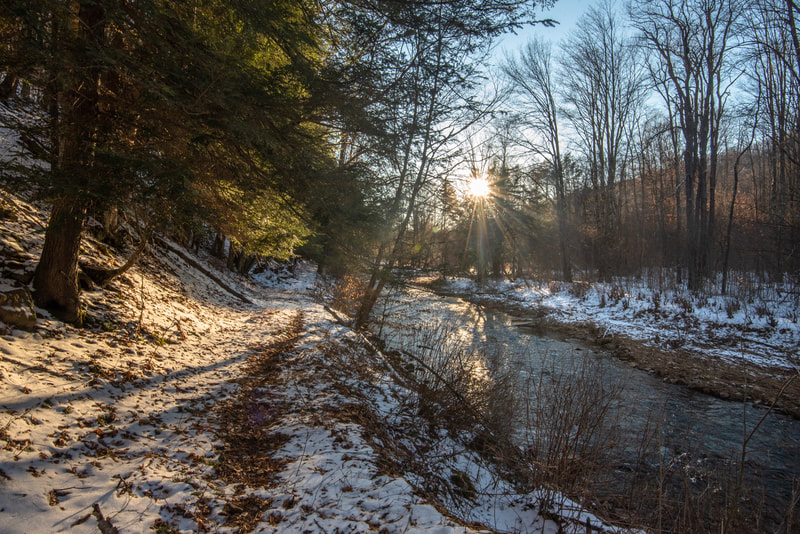
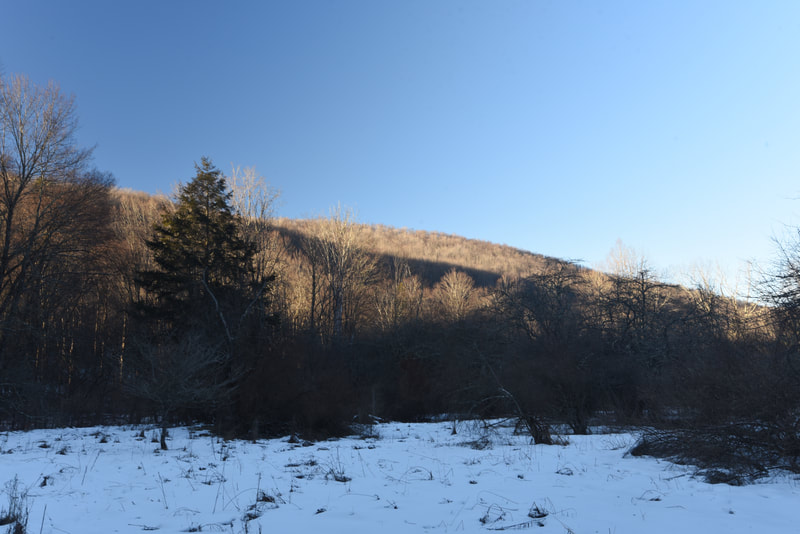
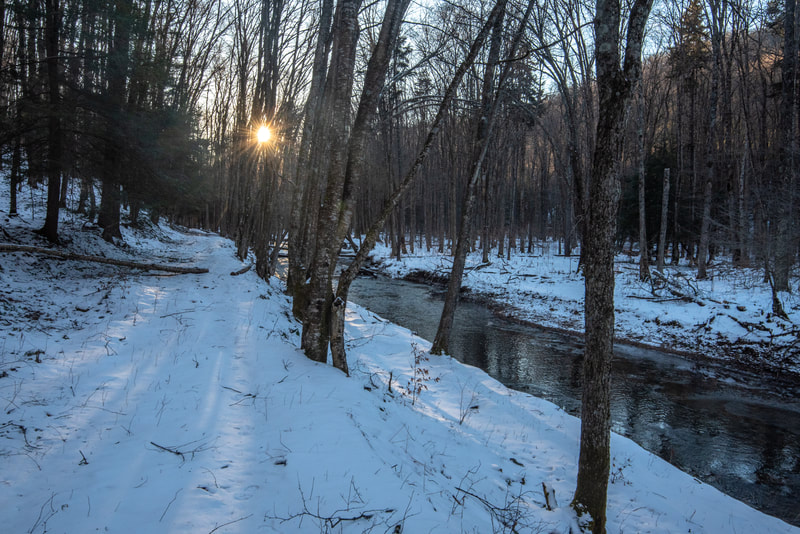
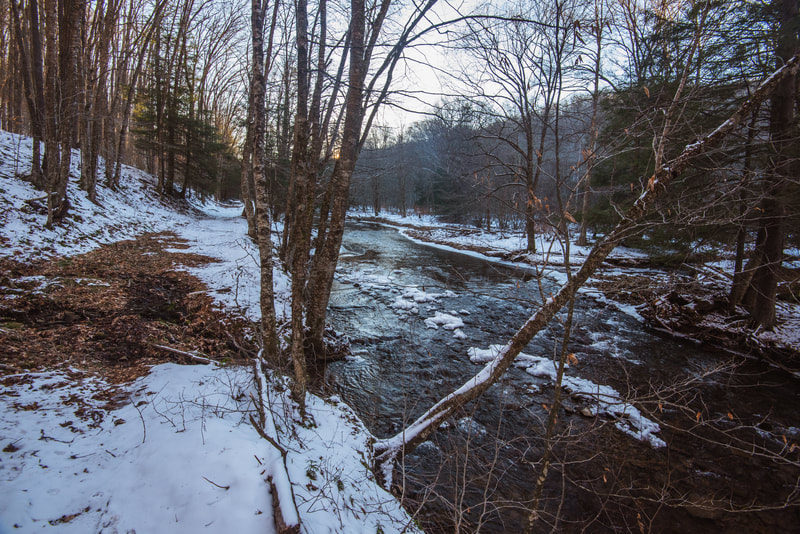
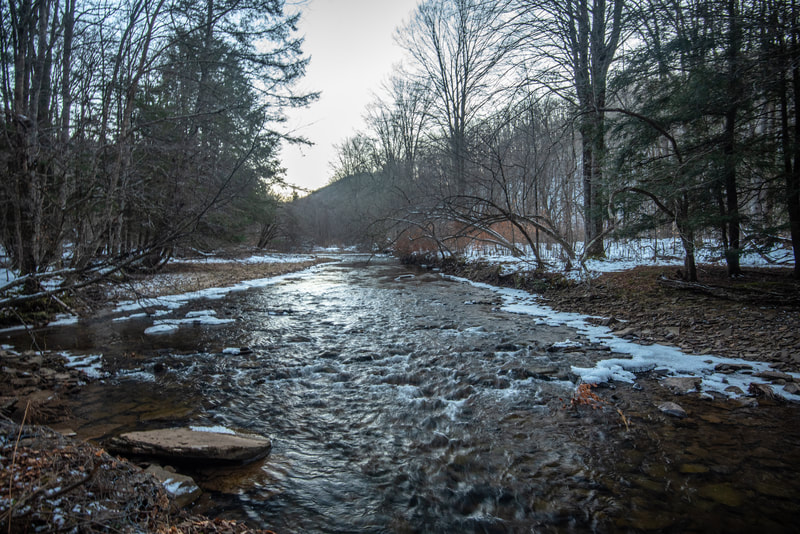
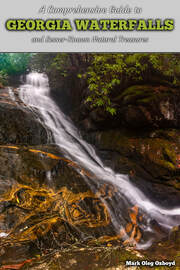
 RSS Feed
RSS Feed